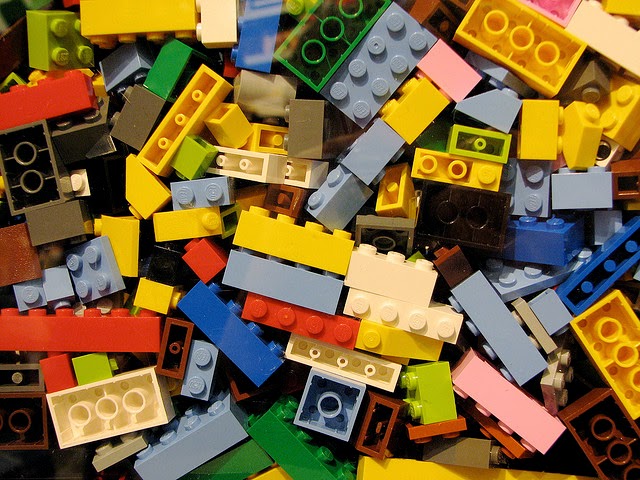You can get your kids to unleash their hidden math genius by
making learning math an interactive and fun activity. This will help them trade
in the ho-hum of math drills for something more exciting which sharpen their
skills. Math can only be learnt through a lot of practice, so making practice
fun can take away a lot of stress from learning.
Hunt for Game
Hold the fire! We are talking about game-based learning
here. Kids can practice basic arithmetic operations through educational games.
As you might well know, games are addictive and this means they get loads of
practice. In the Penguins
of Madagascar games, kids can help out the penguins in their quests by solving
math problems like addition and subtraction. You will need to find the right
game for your kids based on their age and curriculum to make sure they are on
the right track.
Be the Count of
Counting
Counting is the entry way to mathematics for young learners
and there is no such thing as too much practice. So you will need to find new
ways to make kids practice their numbers. Pom poms are a great way to teach
counting as they are seen as toys and you can create various games with
them. One of them is where you can number jars and ask kids to drop in a
corresponding number of pom poms into each jar.
Develop a Sweet Tooth
for Shapes
Here’s a sweet way to teach kids geometric
shapes. Marshmallows and toothpicks can be used to demonstrate various
geometric shapes, edges, vertices and faces of solids. Don’t forget to put away
a few as a prize for acing the shapes. You can also get kids to construct
different shapes using marshmallows and toothpicks.
Overcome the Math
Block
If your kid does not like learning the multiplication table,
try using LEGO blocks
to teach them this operation. To find out what is two times six, they have
to make two groups of six and they have the answer! You can also use blocks to
teach grouping and patterns.
Once kids are thorough with the basics of math – which is
why we need loads of practice here – they will be more than ready to take on
more advanced problems.



